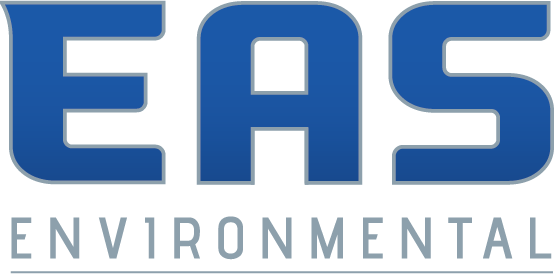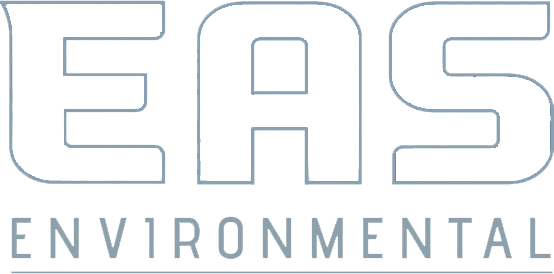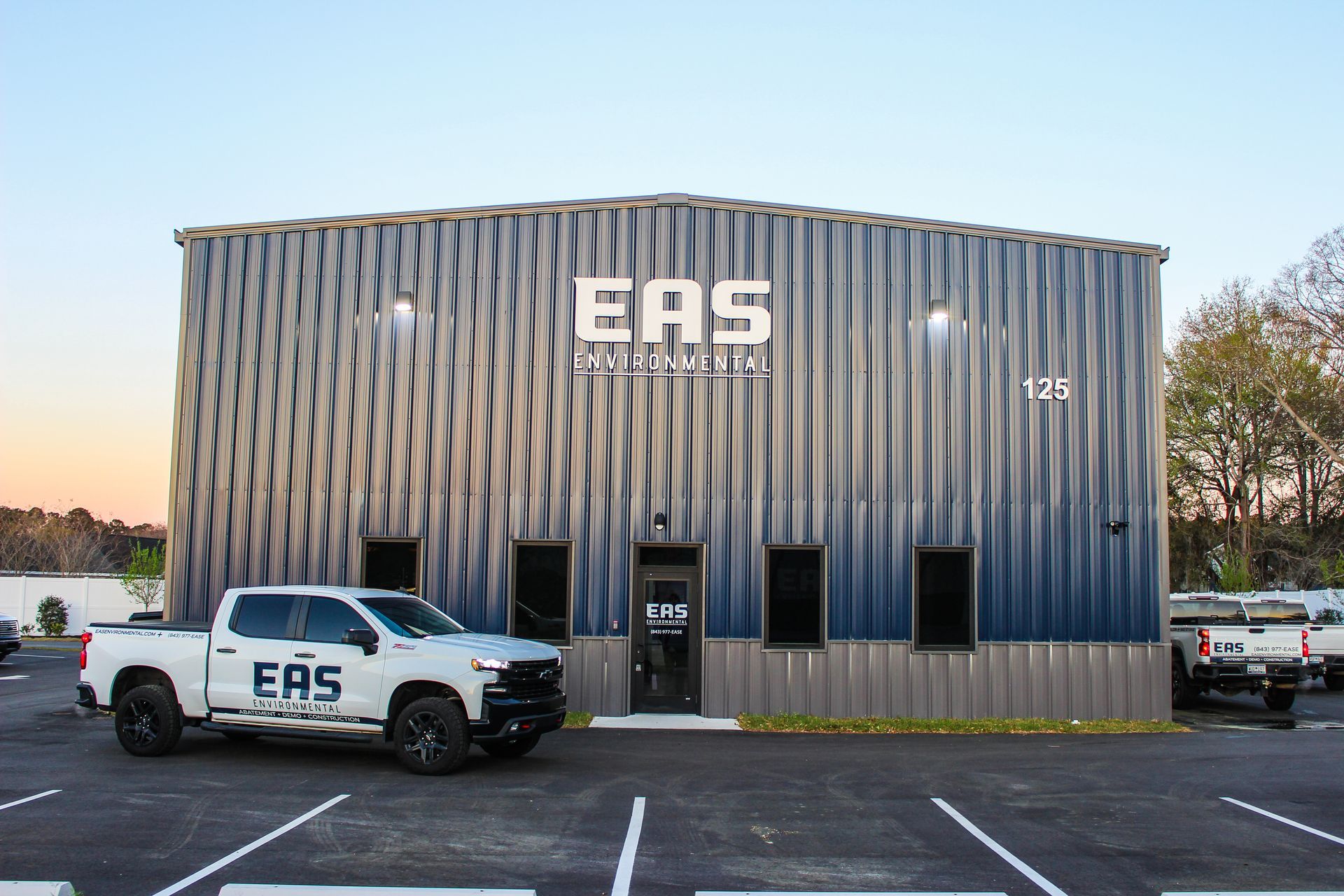
In the restoration industry, your name is everything. Reputation, reliability, and results drive your success — and that’s exactly why restoration companies across South Carolina choose EAS Environmental as their trusted subcontractor.
We understand the pressure restoration firms face: tight timelines, unpredictable scopes, complex compliance standards, and demanding client expectations. When you need a partner who enhances — not hinders — EAS delivers quietly, powerfully, and professionally.
Our Role: Subcontractor, Not Competitor
At EAS, we don’t compete with you — we complement you. Our entire subcontractor model is built around discretion, respect, and partnership. Whether we show up unbranded or in your company’s gear, we act as an extension of your team. Our goal is simple: protect your reputation while helping you deliver quality work.
We specialize in:
- Mold remediation
- Water and fire damage mitigation
- Asbestos and lead abatement
Environmental cleaning & hazardous material handling
Our certified supervisors and technicians arrive trained, equipped, and aligned with your project goals.
How We Perform: High Standards, Every Time
Restoration companies trust us because we meet and exceed industry standards. Our field crews are IICRC-certified and follow protocols based on the S500 and S520 standards, as well as state/federal regulations. Every job is handled with precision — from detailed scope of work documentation to final clearance testing.
Our performance pillars include:
- Fast mobilization — Especially critical during CAT events and large-loss emergencies
- Clear reporting — So you always know where your project stands
- Consistent quality — Regardless of job size or location
- Specialized equipment — negative air machines, negative pressure containment, HEPA vacs, and decontamination units
We don’t cut corners. Our clients know we show up ready — and stay accountable to the end.
How We Maintain Relationships: Integrity, Communication, and Loyalty
We value long-term partnerships over short-term gains. That means we work hard to earn and maintain the trust of every one of our partners, and the clients they serve.
We know that when you call us in, you’re trusting us with your reputation. We don’t take that lightly — and we perform to the highest standards.
Dance with Who Brought You
At EAS, loyalty is a core value. We believe in sticking with the partners who trust us — not just when it’s easy, but always. Like the saying goes: when you go to the dance with someone, you don’t leave them for someone else once you get there. We apply that same principle to our business relationships.
EASE will always focus on doing the right thing by the partners we work with. That means:
- Clear Communication: We provide timely updates, scheduling details, and changes so you’re never in the dark.
- Unbranded Support:
We follow your lead when interacting with clients. Our role is to support your team, not take the spotlight.
- Familiar Crews: When possible, we assign the same technicians to repeat partners to keep things efficient and consistent.
- Professional Behavior: Our team arrives on time, follows all safety protocols, and treats each job site with respect.
EASE will never chase convenience or short-term gains. We prioritize long-term partnerships and back that up with consistent, reliable service.
The Bottom Line: We’re Your Behind-the-Scenes Partner for Success
In a high-stakes industry where deadlines are tight and standards are high, EAS Environmental is the subcontractor you can rely on. We’re proud to work with restoration companies who care about quality and client satisfaction — and we’re here to make sure you shine.
Whether you need extra support during busy seasons, help with hazardous materials, or a partner on large-scale jobs, we’re here to help.
Reach out to Evan or Spencer today to get started.
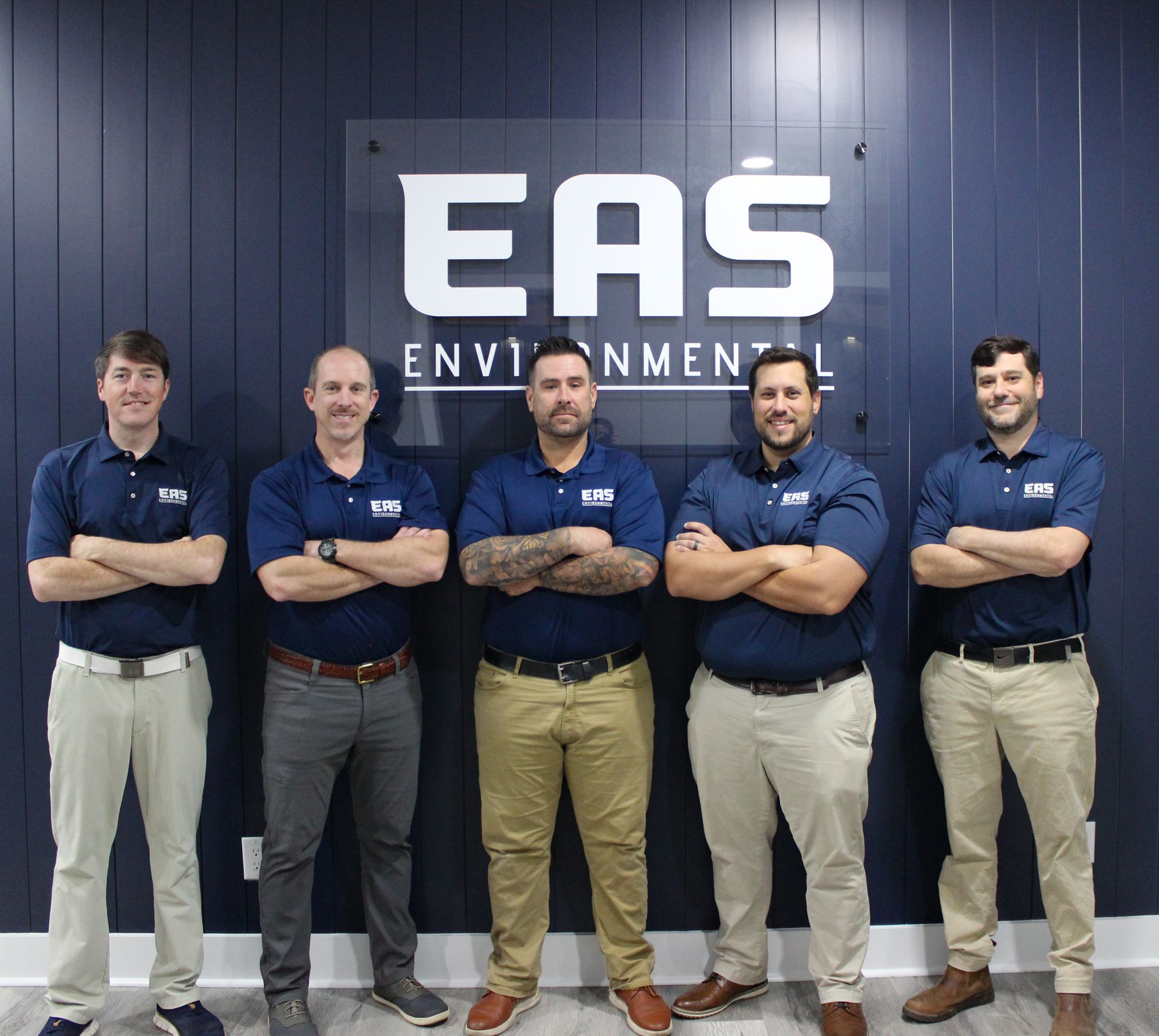
Contact EAS Environmental Today!
EAS Environmental will do everything we can to ensure your experience with us is excellent.
Request A FREE Estimate
Request a Free Estimate Form
Checkout Recent Post
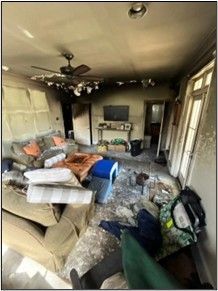
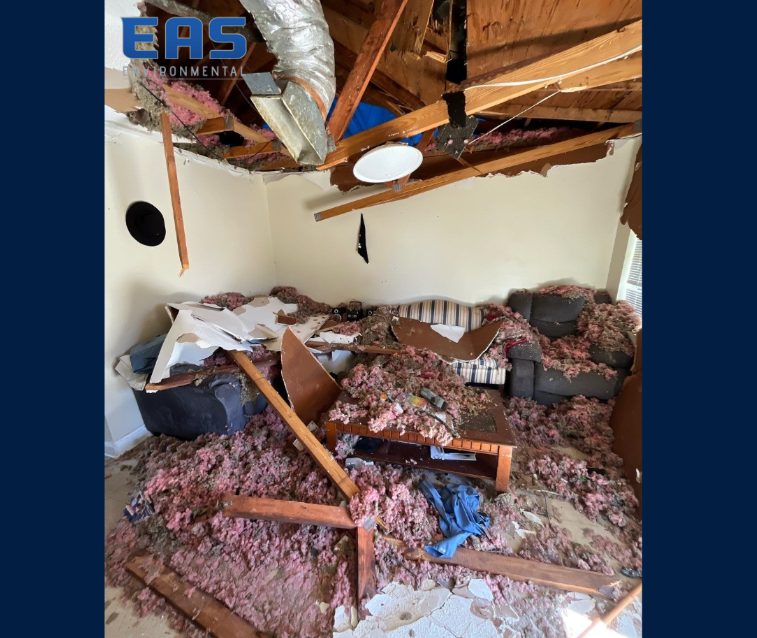
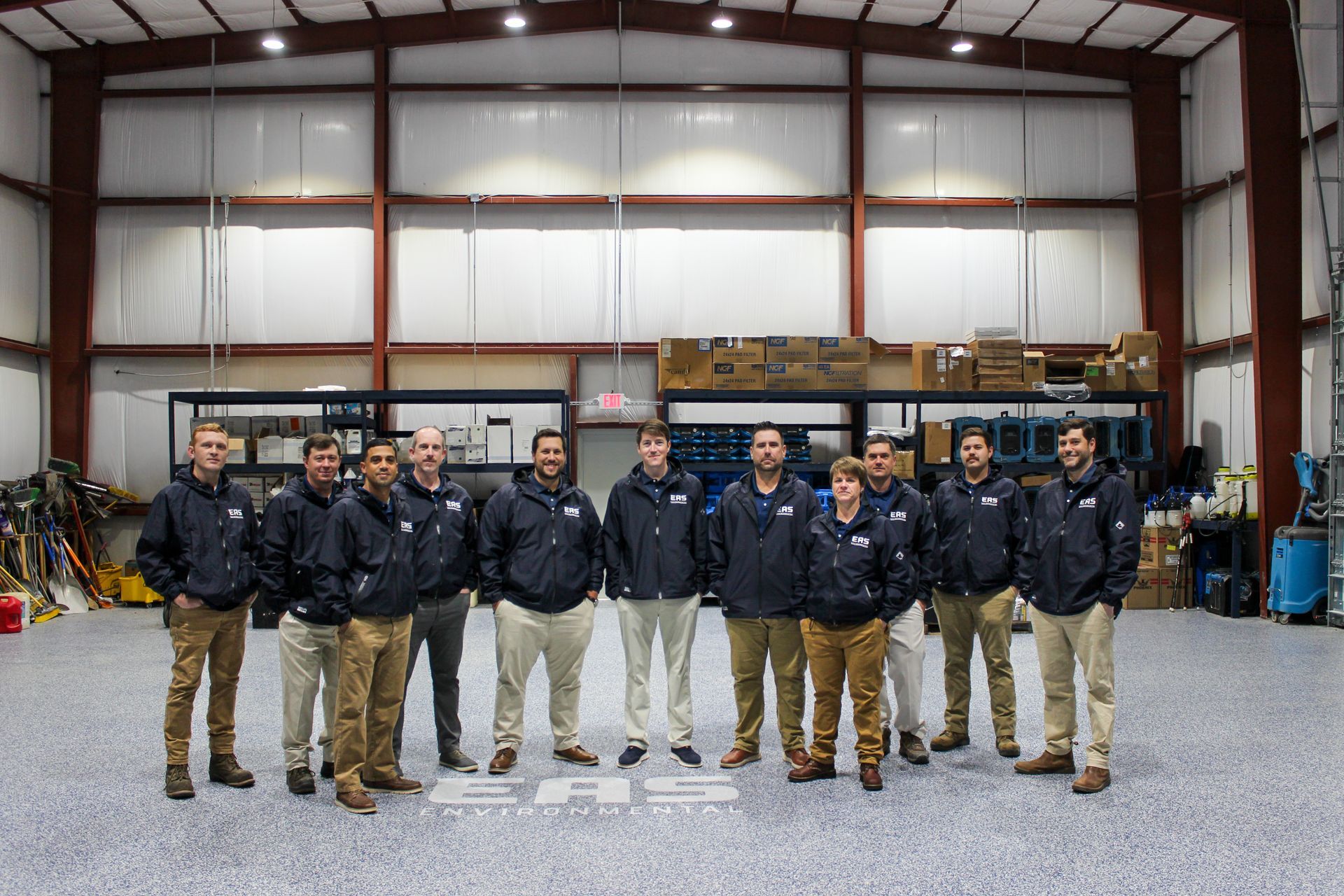
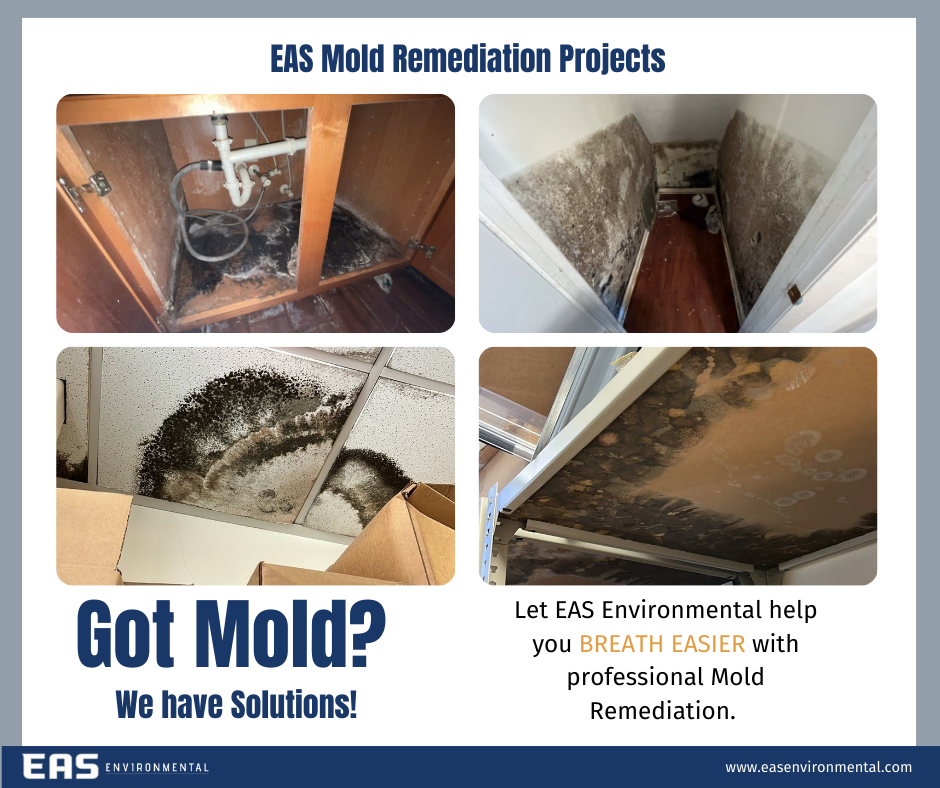
Got a Question? We’re Here to Help.
You can arrange an appointment or make an enquiry by phone or email, orget in touch to us via our contact form.
